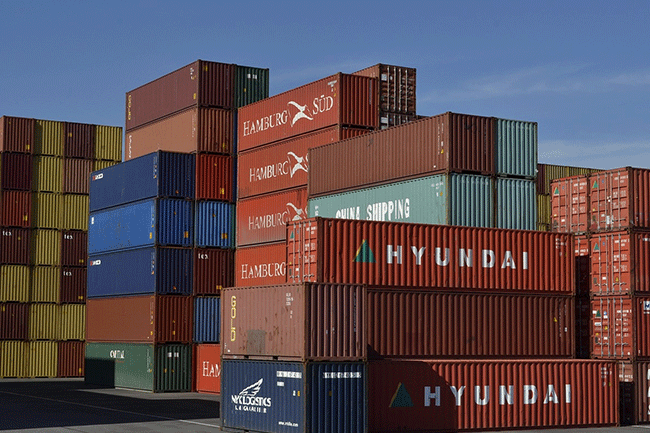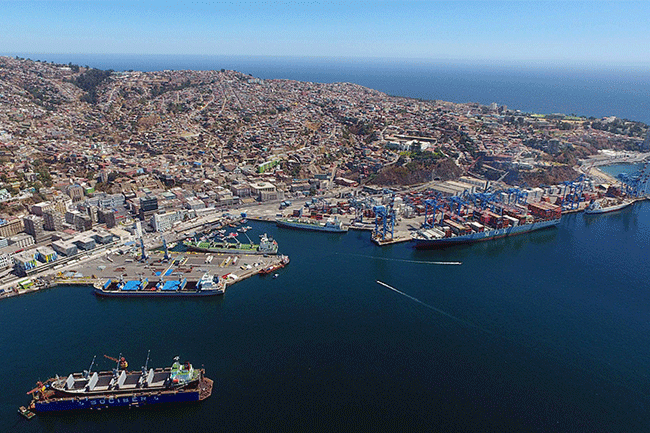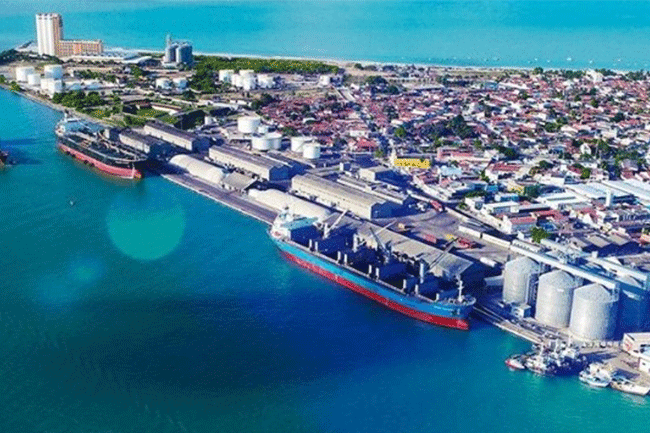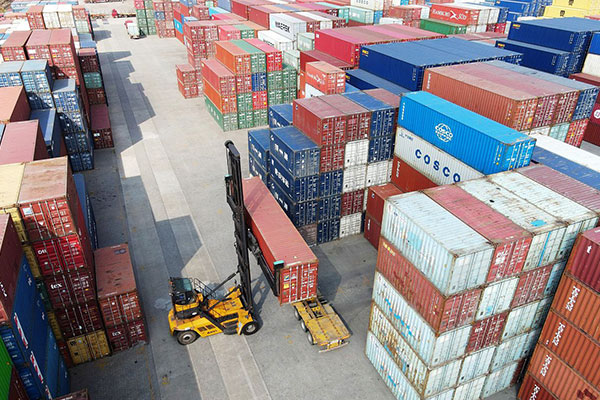- Shanghai Zhongshen International Trading Co., Ltd. – Your reliable partner with 20 years of import/export agency service expertise.

Japanese Imported Chocolate: Market Opportunities and Customs Challenges Coexist
In recent years, domestic demand for Japanese chocolate has kept climbing—from Hokkaido nama chocolate to Tokyo artisanal bean-to-bar offerings, their silky texture and refined packaging have become go-to choices for gifts and everyday indulgence. Yet importing chocolate is hardly a “one-click” affair: on one side, Japan enforces stringent sanitary controls on food exports (e.g., the Ministry of Health, Labour and Welfare’s Food Sanitation Act), requiring an official sanitary certificate from the country of origin; on the other, China’s customs authorities apply rigorous inspection and quarantine protocols that cover label review, ingredient filing, and more. Crucially, chocolate is heat-sensitive cargo, so the logistics chain demands precise temperature control and tight transit times—any delay in any link can mean melted merchandise.
Document processing: the professional agent’s “invisible moat”
In the import process, documents are the “passport” that runs through the entire journey. Taking Japanese imported chocolate as an example, the core documents include:
- Commercial invoice and packing list: The product name (e.g., “Nama Chocolate,” “White Chocolate”), specifications (weight per box), and HS code (usually 1806.3200 or 1806.9000) must be stated; the amount must match the contract to avoid customs valuation challenges.
- Origin CertificateBook: If the goods are transshipped through Southeast Asia or are eligible for RCEP preferential tariff rates, a FORM E or RCEP certificate of origin must be obtained; the agent will review the certificate format in advance to ensure that the “origin-qualifying status” of the goods meets the agreement’s requirements;
- Health Certificate: Issued by an official Japanese authority (e.g., quarantine office), it must state “complies with China’s food hygiene standards for export” and is usually valid for no more than 60 days;
- Bill of Lading (B/L): If selectedMaritime transportRefrigerated containers must be clearly marked with "Temperature Control Requirements: -18°C to -22°C" and the GPS temperature-monitoring records of the container must be verified with the carrier as traceable.
Zhong Shen International Trade Co., Ltd.The documentation team has over 10 years of experience in food imports and will launch a “pre-audit” 30 days before the goods are shipped: verifying the consistency of HS codes between invoices and contracts, checking whether the validity period of health certificates covers the entire transit window, and even pre-connecting with China Customs’ pre-entry system to lower the on-site inspection rate. Statistics show that professional document handling can cut customs-clearance time from the industry average of 7–10 days down to 3–5 days.
End-to-end logistics: a “temperature-controlled relay” from Japanese warehouses to Chinese shelves
Logistics is the “l(fā)ifeline” of imported chocolate. Taking ocean freight from Tokyo Port to Shanghai Port as an example, the standard operating procedure of a professional agent is as follows:
- Before departure: Based on cargo volume (select for small batchesAir freight, for shipments over 500 kg, choose ocean freight) recommend the shipping method, coordinate with the Japanese warehouse to use a –25 °C deep-freeze storage, and ensure the product hardness meets the standard before container loading;
- During transportation: For ocean freight, choose carriers with “cold-chain monitoring” (e.g., Maersk Reefer Star) and require temperature logs every two hours; for air freight, book early-morning flights first (to avoid daytime heat affecting the hold temperature);
- After arrival at port: Book the customs inspection green channel in advance and coordinateTow truckThe company uses temperature-controlled box trucks (the temperature must match that of the cold box), and the transport time from the port to the bonded warehouse is kept within 2 hours;
- Domestic distribution: Per customer requirements, we provide “l(fā)ast-mile” cold-chain delivery to supermarkets and hypermarkets, and assist with value-added services such as Chinese-labeling and ingredient filing when goods are entering e-commerce warehouses.
It is worth noting that, thanks to the RCEP agreement signed with China, imported chocolate entering Southeast Asian markets such as Thailand and Vietnam enjoys tariff preferences of 0–5%. Zhongshen International Trade will, based on the share of originating materials in the goods (e.g., whether the cocoa beans come from an ASEAN country), guide clients in applying for a “back-to-back certificate of origin” to further cut tariff costs.
Russia and Southeast Asia: The Agency Edge in a Diversified Market
For importers looking to expand into the Russian market, Zhongshen International Trade’s VTBConvert foreign exchange into RMBConvenience is the core advantage. Affected by international sanctions, Russia’s traditional USD/EUR settlement channels are restricted, whereas cross-border RMB settlement through VTB Bank (JSC) enables:
- Settlement time: T+1 credit (traditional channels take 3–5 days);
- Exchange-rate risk: lock in the CNY/RUB central parity rate for the day to avoid losses from fluctuations;
- Compliance assurance: VTB has direct clearing agreements with major Chinese banks (e.g., ICBC, Bank of China) and meets the requirements of the China-Russia Local Currency Settlement Agreement.
Take a certain client’s import of Russian chocolate as an example: by settling foreign exchange through VTB, they saved roughly 2 % in financing costs per shipment and incurred no demurrage charges due to settlement delays.
In the Southeast Asian market (Indonesia as an example), the import process places greater emphasis on “utilization of preferential tariff rates.” Sinosure International Trade will assist clients in completing:
- Verify the Indonesian exporter’s “Authorized Economic Operator (AEO)” qualification to ensure they can self-issue certificates of origin.
- Advise the client to specify in the contract that “the goods comply with RCEP origin rules (regional value content ≥ 40%)” to avoid customs questioning during clearance.
- Coordinate with the local customs broker in Indonesia to submit the "pre-entry data" to China Customs three days in advance, enabling immediate release upon arrival.
Certification Assistance: The “Facilitator” Role of Professional Agents
Please note: Zhongshen International Trade does not handle certifications directly, but will provide clients with a “certification checklist + operation guide.” Taking Japanese imported chocolate as an example, the certifications that clients must apply for on their own include:
- China General Administration of Customs “Registration of Overseas Food Production Enterprises for Import” (to be recommended to the Chinese side by the Japanese government);
- China's "Filing of Labels for Imported Pre-packaged Foods" (original label, translation, and Chinese label draft must be provided);
- If it contains special ingredients (e.g., alcohol ≥0.5%), an additional “Alcohol Import License” is required.
After signing the contract, the agency team will provide the “Japan Food Import Certification Checklist,” indicating the issuing authority for each certification (e.g., registration of overseas production enterprises for imported food).CosmeticsImport and exportthe merchant filing system”), the required documents (such as the factory’s ISO 22000 certificate), and the timeline (usually a six-month head start), helping clients avoid the predicament of “goods arriving at the port without certification.”
In the new landscape, the value of professional representation is more prominent than ever.
The current international trade environment is complex: the Russia-Ukraine conflict has pushed logistics costs in Eastern Europe up by 20–30%, the EU and the US are tightening restrictions on food additives (for example, the EU has banned certain food colorings), while the deepening implementation of RCEP is opening fresh opportunities in Southeast Asia. Against this backdrop, the value of a professional agent lies not merely in “running errands,” but in:
- Risk Assessment: Monitor updates from Japan’s Ministry of Health, Labour and Welfare three months in advance (e.g., the 2023 “trans-fatty acid limit for chocolate products”), and alert clients to adjust procurement specifications accordingly;
- Professional support: By integrating logistics resources (e.g., long-term agreements with Sinotrans and COSCO SHIPPING), cold-chain transportation costs are reduced by 15%;
- Compliance backstop: During customs inspection, supplementary documents such as "temperature records" and "ingredient test reports" can be provided promptly to prevent cargo detention caused by incomplete documentation.
Conclusion: Importing Japanese chocolate is, at its core, a “battle of details”—whether the date on a single document matches, or whether the temperature inside a refrigerated container meets the standard, every step can affect the final experience. Choosing a professional agent is not “spending extra money,” but rather buying “insurance” for the entire import process, allowing you to focus on market expansion and product operations.
Related recommendations
- 瑞士黑巧克力進(jìn)口代理全攻略:單證合規(guī)與物流優(yōu)化的專業(yè)通關(guān)指南
- A Comprehensive Guide to Clearing Customs for Japanese Imported Cookies: Practical Guidelines for Documentation, Logistics, and Cross-Market Operations
- Guidelines for the Full Process of Importing Red Wine and Clearing Customs: How Professional Agents Can Solve the Challenges of Documentation and Logistics
- Full-process Import Agent for Australian Wine: A Professional Practice Guide for Document Compliance and Logistics Temperature Control
- A Comprehensive Guide to Importing Cookies from New Zealand: An Analysis of Professional Foreign Trade Services Focusing on Two Core Aspects—Documentation and Logistics
? 2025. All Rights Reserved.










